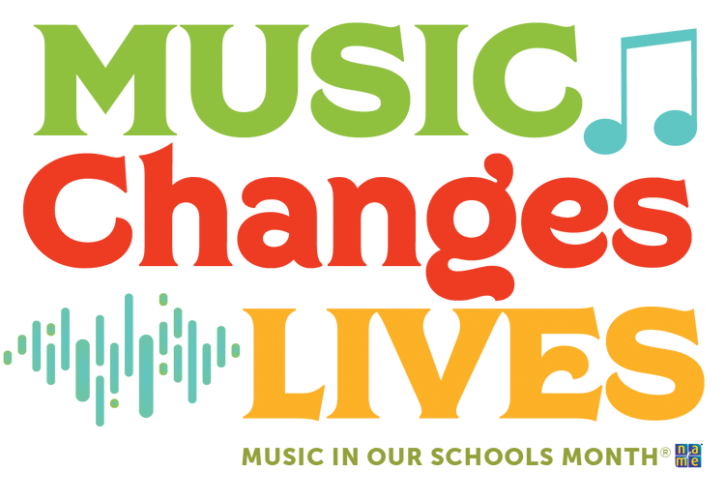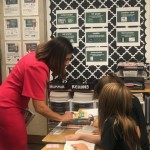ROAR!
Students march around my classroom like proud, royal lions as Camille Saint-Saens music plays.
The month of March is known to come in like a lion and out like a lamb. That’s why I always use this active listening lesson during Music in Our Schools Month.
If you’ve been following me for a while, you have read about topics such as Building Relationships when you teach every child in the school, how Music education is Project-Based Learning, and how the AZMEA conference energizes me. You’ve probably also noticed that I take inspiration from musical theater in pieces such as Who Tells Your Story?, Act1, Scene 1, Are You Really Running Out of Time? , and History Has Its Eyes on You Part 2 (written in partnership with the fantastic Beth Maloney).
As a music teacher, I know the importance of the subject I teach. It’s deeper than developing young musicians. It’s about developing critical thinkers, fluent readers, logical mathematicians, creative collaborators, and joyful human beings.
Early in my career, I struggled with “justifying” my subject by how it improved necessary literacy skills. Why couldn’t we teach music for the sake of music? The answer to that was economics. In the 1990s, when I began teaching, money was starting to be cut from school budgets. Music programs were frequently on the list of programs considered “non-essential” and a costly line item in the budget. Eliminating that line item could easily balance the budget. It looked easy and with “minimal consequences.”
What I have learned is that music is fundamental to the cognitive development that is essential to developing reading skills. If a child cannot maintain a steady beat to the music, he cannot read with fluency. He will stumble over words and read with a mechanical monotone. When a child cannot cross the midline of her body (a skill learned and practiced in clapping games), she will struggle to remember what she has read in a story. Her comprehension of what she has read will be slow and arduous. This obstacle often results in students not wanting to read and not being able to make the bridge into reading to learn.
I have also learned that the sequential and predictable form of music is foundational to math skills. Addition, subtraction, multiplication, and division are the fundamental skills in math. Mastery of these facts is necessary to be successful in any higher-level math application. These skills include everyday tasks such as figuring sales tax, counting money, making change, measuring ingredients for cooking, or filling the gas tank in your car.
Removing music programs from schools because it was an “easy” way to balance the budget and would have “minimal consequences” was NOT a well thought out plan.
Every time my students perform, I highlight the skills they are mastering through preparing for the performance. I specifically address how musical skills build skills in other areas. No subject is learned on a deep level in isolation from every other subject. Highlighting the ways that all topics benefit and support each other is part of the art of teaching. It’s also excellent advocacy for what students need to be whole human beings.
March is Music in Our Schools Month, and the first week of March is Read Across America week.
Some of my favorite lessons involve integrating children’s literature with music concepts. Here are a few:
Caps for Sale by Esphyr Slobodkina; Students practice reading and performing rhythms by choosing one of each for the different color hats of the peddler.
The Vanishing Pumpkin by Tony Johnston and Tomie dePaola; Every time the characters go to a different place, we sing a short song in a minor key about searching for a pumpkin.
May I Bring A Friend by Beatrice Schenk de Regniers; For every “friend” the main character brings to the palace with the king and queen, we perform a short rhythmic poem while keeping a steady beat.
Swimmy, by Leo Leonni; We listen to Aquarium from Carnival of the Animals by Camille Saint Seans while imagining the wonders of the sea described in the book. Students also move inside their “bubble” to help develop spatial orientation and personal space.
What are some of your favorite stories to read?
Ask your music teacher how he/she uses literature and/or history to teach music.
Tell a music educator how much you appreciate all they do.
Ask them how you can support them.
Then come back here and tell me all about it!
Happy Music In Our Schools Month and Read Across America Week!
photo credit: https://nafme.org/programs/miosm/










Comments 2
Great read! Thank you for explaining how music education benefits and impacts all other aspects of a child’s education. I wish music education was considered a core subject and prioritized as such.
I believe music is essential, however I had no idea how far reaching the benefits really were. Thank you,